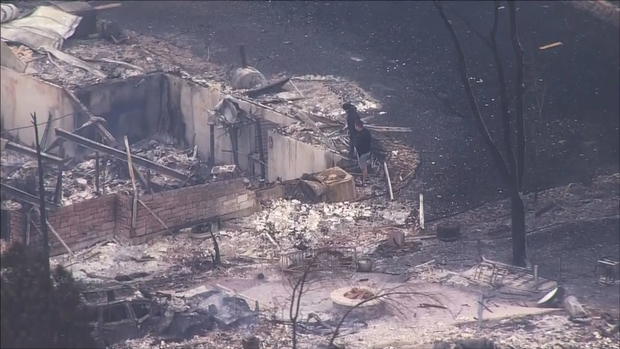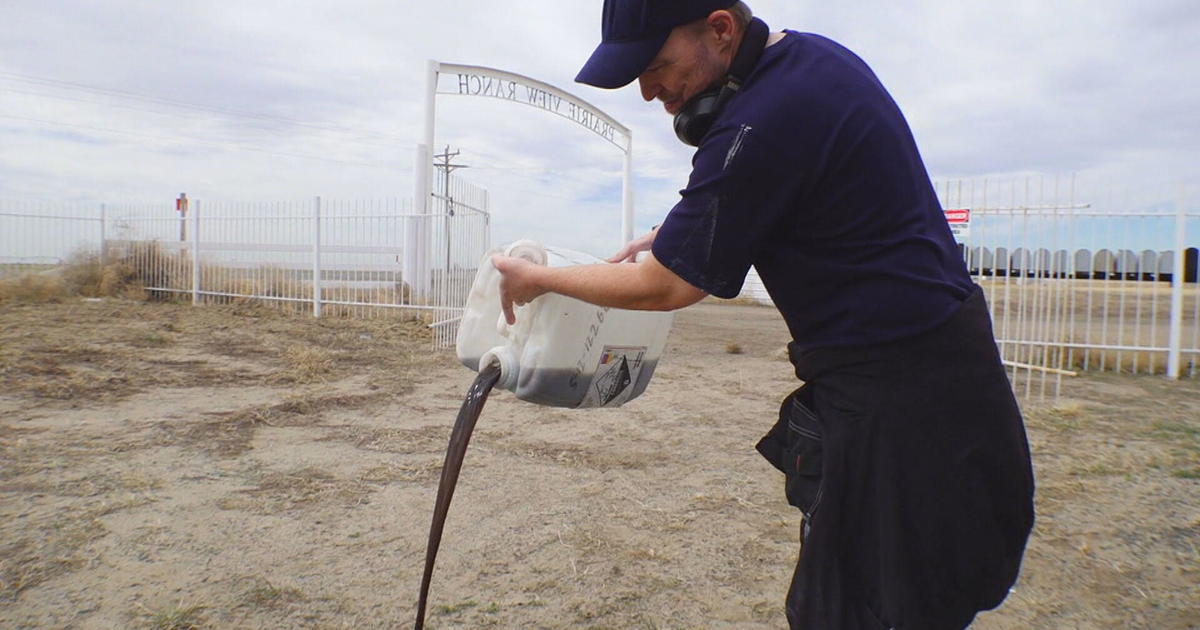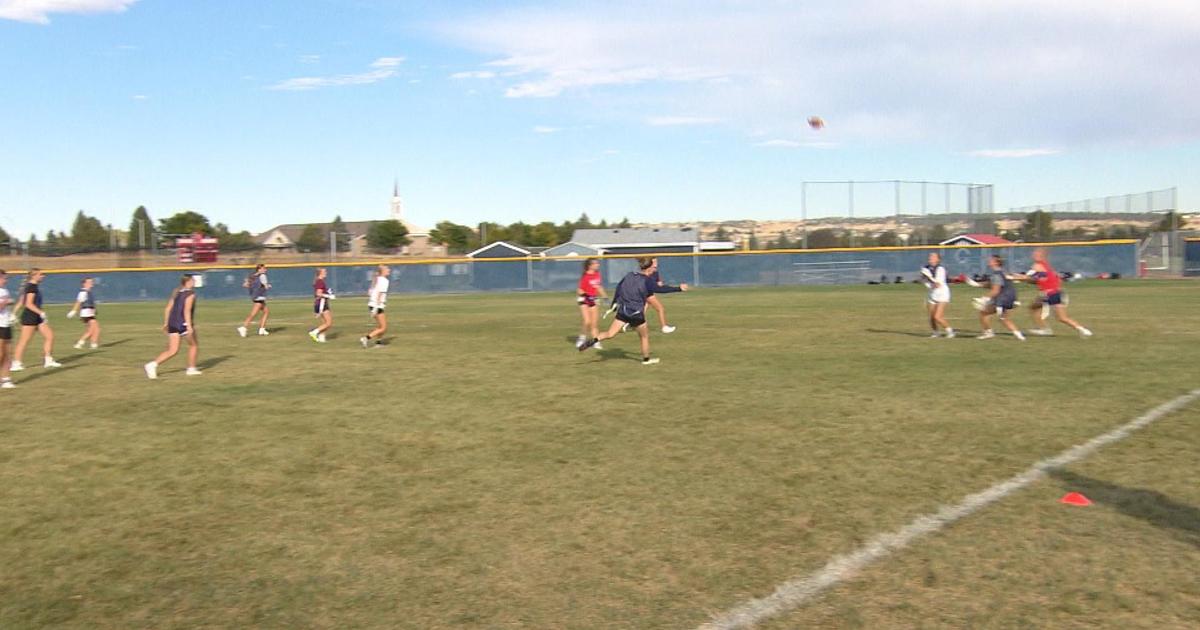Experts Explain Why There Was No Red Flag Warning Issued Before Marshall Fire
BOULDER COUNTY, Colo. (CBS4) - Dec. 30 was an unusual, but not unique day. The winds poured in over the mountains of western Boulder County like they've done before, especially in winter.
Wind speeds greater than 100 mph are not unheard of, but it was the combination that was different at the Marshall Fire.
"For it to be the grass fire spreading into the urban area and then just going, you know, house to house to house yeah that's new in my 30 some year career," said Greg Hanson, warning coordination meteorologist for the National Weather Service in Boulder.
The combination notes CBS4 meteorologist Dave Aguilera was a long time in the making.
"We had a wet spring which meant lush grasses growing up, and then six months of among the driest and hottest weather we've ever had."
There was no snow on the ground from December noted Hanson.
"With a little bit of snow, you know you can still burn the grasses poking through, but once we get a good snow cover if it flattens the grass. There's less fuel available."
RELATED: Marshall Fire Investigation Focuses On Burning Shed
Forecasters saw the hurricane force winds coming. They first posted a high wind warning for areas of Boulder County 6000-9000 feet, then early on the morning of the 30th, a National Weather Service meteorologist working overnights put out an update at 3:36 a.m. extending that out into areas of Boulder County below 6000 feet, effectively the rest of the county.
What wasn't put out, was a Red Flag warning. There are guidelines for those warning.
"We're looking for a relative humidity of less than 15% and wind speeds 25 miles an hour or greater for several hours during the day," said Hanson. The humidity was higher, between 20 and 30%. That's not dry enough to meet the required criteria, said Hanson.
"That still isn't a very high amount of humidity you know, but there was just not low enough."
Ultimately, the conditions were very right for severe fire.
"When it's combined with extreme drought, that lush grass that had six months to dry out, it was the perfect situation for a fire like this to take off," said Aguilera.
Red Flag warnings were initially not designed for the public, but they have become more common in the public domain.
"The criteria it was set up with land management agencies, the wildfire fighting partners, but definitely there's a public perception of public safety aspect of this as well, so we need to do some work," said Hanson.
It did not make much difference in how people should have reacted. The Boulder County Sheriff still puts out an automatic open burning ban with a high wind warning or watch. No one should have been burning openly – if that turns out to be the cause of the fire.
There could be a reckoning ahead on Red Flag warnings said Hanson.
"I think that's a conversation we're going to have to have," Aguilera said. "When you have the drought situation, the wind situation and the heat all together in times of the year we've never had it before. You may have to re-think the way you warn people on what's coming your way."
A change like that is not taken lightly or done easily, but it could be one of many ways things have changed with the Marshall Fire.





